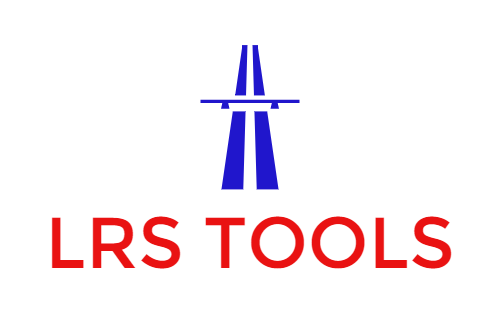A new version (10.2.40) of our geoprocessing toolset has been released.
This version includes our first general release of the utility that was originally developed in Summer 2003 - and was the demonstrated in PowerPoint presentations beginning in 2009 when Arizona began to warm to the idea of centerline unification.
By special request, we have rushed this tool toward release - though beyond the scope of the 1st extension of the ATIS Unification - it is being delivered out of scope due to new requirements placed by ADOT ITG with regards to the Roads and Highways conversion.
This new GP tool is named ‘ReTrace Partial Polylines’. This tool uses pairs of demarcation points having common values in fields named ‘TargetRoute’ and ‘ReTraceRoute’ in a DemarkationPoints feature class to extract the portion of the polyline from the feature identified in the ‘TargetRoute’ field and use it to reshape the feature identified in ‘ReTraceRoute’. Note that these fields are not hardcoded in the tool (they are settable in the GP interface). Just referring to their names as they exist in ADOT's version of the DemarkationPoints feature class.
The tool is available in the ‘Geometry’ category of ‘LRS GP Tools’.
